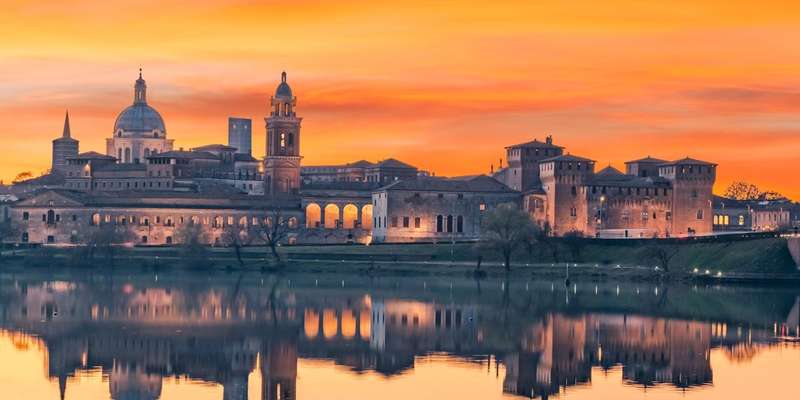- Home
- Useful Tips
- Mantua's most impressive...
Mantua, a UNESCO-listed gem in Lombardy, holds some of Italy's most breathtaking Renaissance ceilings, yet many visitors miss them entirely. The problem isn't lack of interest – studies show 78% of cultural travelers prioritize seeing masterpiece ceilings like the Sistine Chapel – but rather poor signage and scattered locations. Frustration builds when you've allocated limited vacation time only to discover you've walked right past Camera degli Sposi or misunderstood Palazzo Te's opening hours. These artistic treasures represent a pivotal moment when Mantua rivaled Florence as a Renaissance hub, with masterpieces by Mantegna and Giulio Romano transforming ordinary rooms into jaw-dropping worlds. Their celestial imagery and intricate perspectives deserve proper appreciation, not rushed viewing because you didn't know where to look.


Why Mantua's ceilings eclipse more famous Renaissance art
While Florence's Duomo draws crowds, Mantua's ceilings offer an intimate encounter with Renaissance genius. The Camera degli Sposi in Ducal Palace demonstrates Andrea Mantegna's revolutionary use of di sotto in sù perspective – where figures appear to break through the ceiling's plane. Unlike larger tourist hubs, you can often admire these works without jostling for space. Palazzo Te's Sala dei Giganti takes this further, with Giulio Romano's collapsing architecture creating vertigo-inducing drama across the entire vault. Local art historians note these cycles were designed for personal contemplation by the Gonzaga family, giving them an emotional intensity missing from more public commissions. The oculus in Camera degli Sposi, framing playful putti against a faux sky, proves these artists considered every angle of viewer experience – something best appreciated without tour group distractions.
Decoding Ducal Palace – Finding Mantegna's masterpieces
The sprawling Ducal Palace complex intimidates many visitors, but the ceiling treasures cluster in specific areas. Camera degli Sposi (also called Camera Picta) sits in the Castle of San Giorgio section, requiring separate timed entry. Locals recommend morning visits when angled light enhances the gold leaf. Nearby, the lesser-known Pisanello Hall hides unfinished frescoes revealing Renaissance techniques. A pro tip: purchase combined tickets online to bypass the main palace's ticket lines, then head directly to the castle section. Restoration efforts mean some areas rotate closures, but the palace website updates accessibility weekly. Those with mobility concerns should note the Camera degli Sposi involves stair access only – the palace's original 15th-century architecture remains unaltered.
Palazzo Te's hidden symbolism – More than just giants
Giulio Romano's Sala dei Giganti rightfully stuns visitors, but rushing here means missing subtler ceiling marvels. The Loggia delle Muse features delicate grottesche (inspired by Nero's Domus Aurea) best viewed with binoculars to spot hidden musical instruments. Summer visitors gain access to the private Appartamento della Grotta, where vaulted stuccowork mimics cave formations. Mantuan guides whisper that afternoon visits avoid school groups, and that the eastern light perfectly illuminates the Sala di Psiche's erotic mythological scenes. Budget-conscious travelers should note: the garden-facing rooms (including the famous giants) have free entry on first Sundays, though arrive early as locals know this secret too.
Beyond the big two – Unexpected ceiling wonders locals love
San Sebastiano's geometric coffered ceiling demonstrates Alberti's architectural theories in 3D form, while Sant'Andrea's gilded vault shows how Renaissance ideas permeated sacred spaces. The Diocesan Museum's small Sala del Pisanello contains fragmentary ceiling frescoes with rare secular scenes. For true hidden gems, seek out Palazzo d'Arco's astronomical ceiling – its perfectly preserved zodiac signs reveal Gonzaga court astrologers' influence. These lesser-known sites require no advance booking and often have English-speaking staff happy to share stories. A local secret: many cafes near these sites have reproduced sections of the ceilings in their decor, letting you study details over an espresso when museums close for siesta.



